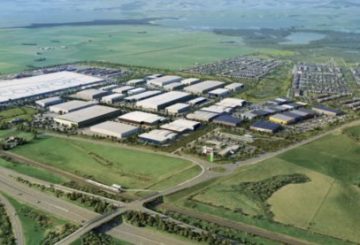The first green hydrogen plant in New Zealand has officially started production. The 1.5 MW green hydrogen plant, located in Taupo, was established by Halcyon Power and uses electricity generated by the nearby Mokai geothermal power plant. Halcyon Power is a 50/50 joint venture of Tuaropaki Trust and Japan-based Obayashi Corporation.
According to Halcyon Power project manager Aya Inagaki, the commissioning of the plant has now been completed. A post-commission due diligence will be done and should be completed before the end of 2021.
The green hydrogen plant has been under development since 2018 and started construction in 2020, as we reported. Accoding to Tuaropaki CEO Steve Murray, the plant is expected to begin wholesale of hydrogen domestically by January 2022 and will produce about 180 tonnes in its first year. The long-term goal is for the plant to contribute to a complete hydrogen supply chain that includes transportation, storage, and refueling.
Murray explained that green hydrogen provides a more sustainable alternative not just for fossil fuels, but also for coal-derived hydrogen for industrial processes. “Halcyon Power aligns with our values to look after our environment and champion research and development of alternative renewable energy.”
“While helping New Zealand decarbonise, this project opens up the potential for the country to export hydrogen and intellectual property related to hydrogen as a transport fuel.” Murray added.
Tuaropaki chair Gina Rangi also mentioned that the green hydrogen plant was a significant step towards achieving New Zealand’s goal of zero net greenhouse gas emissions by 2050.
“Together with Tuaropaki, we will investigate building a hydrogen supply chain in New Zealand that spans production, transportation and application, and contribute to the greening of the country.” said Obayashi Corporation President Kenji Hasuwa in a pre-recorded video address.
Source: Scoop


















































-360x245.jpg)











